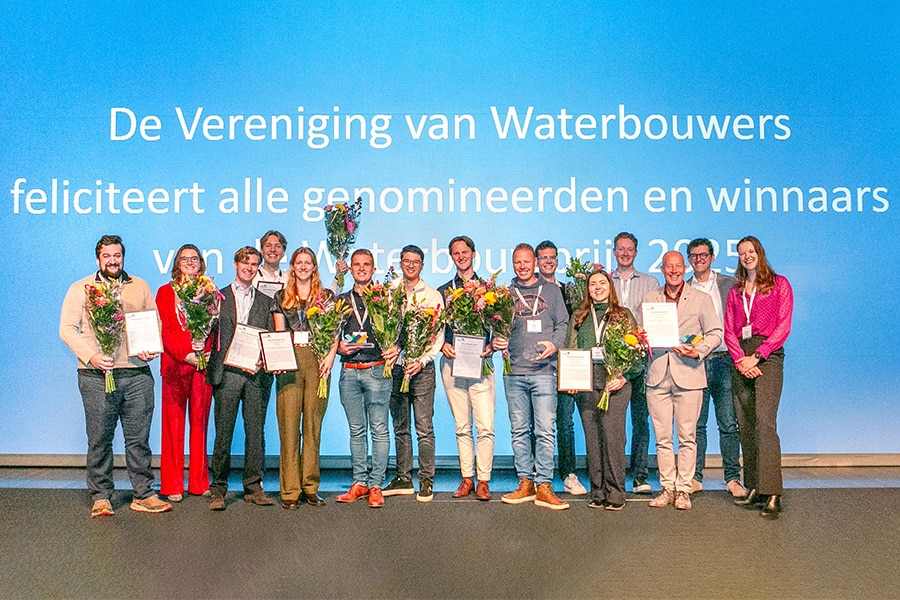
Nitrogen perils again for infrastructure projects
Criticism of AERIUS Calculator
What was this ruling about. For an infrastructure project, AERIUS Calculator must be used to determine the extent of any nitrogen deposition on habitat in a Natura 2000 site[1]. For traffic flows due to new projects, the SRM2 model is included in the calculator. For other sources/activities, the model OPS is used[3]. The SRM2 model calculates the effects of traffic flows up to a maximum of 5 kilometers from the source. It was then assumed that effects at more than 5 kilometers cannot be meaningfully traced to an individual project. The January 20, 2021 ruling now shows that the "capping" of the effects of traffic flows at five kilometers is insufficiently substantiated. Effects cannot be ruled out even at greater distances.
This criticism is not surprising. The central government itself has taken the very traffic measures it has taken for nitrogen reduction with which the "nitrogen bank" for, among other things, the MIRT projects[4] is filled, the positive effects were determined and taken into account at distances greater than five kilometers. The court has now given the central government the opportunity to substantiate that the five-kilometer limit cannot lead to underestimation. However, the expectation is that such substantiation may prove impossible.

Once again vulnerable decisions
In practice, this ruling means that for ongoing infrastructure projects for which it was previously determined with the AERIUS Calculator that there were no significant effects, or for which some mitigation or compensation for effects has already been determined, there is a risk that they will not make it to the finish line in any proceedings. The deposition from traffic may have been underestimated in those projects by using the SRM2 model and risk suffering the same fate as the ViA15 in court.
Repair on time
A possible solution to avoid major delays is to perform an additional calculation with the Aerius Calculator for projects for which no irrevocable government decisions have yet been made, but with OPS model for other sources. With the OPS model, effects of sources can also be determined at greater distances. If the new calculation shows that at greater distances there are effects or larger effects than previously assumed, it may mean that an appropriate assessment must be made, (additional) mitigation measures must be taken or even the ADC test must be completed and compensation must be applied (or increased). Even then, however, anticipation is better than reaction.
[1] ABRvS May 29, 2019, ECLI:NL:RVS:2019:1603 and ECLI:NL:RVS:2019:1604
[2] AbRS 20 January 2021, ECLI:NL:RVS:2021:105
[3] Pursuant to article 2.1 of the Nature Protection Regulations
[4] Road projects listed in article 2.2 Nature Protection Regulation
![[Vacancy] Civil Advisor at Spaarnelanden 2](https://gww-bouw.nl/wp-content/uploads/2025/12/Naamloos-2-kopie.jpg)



